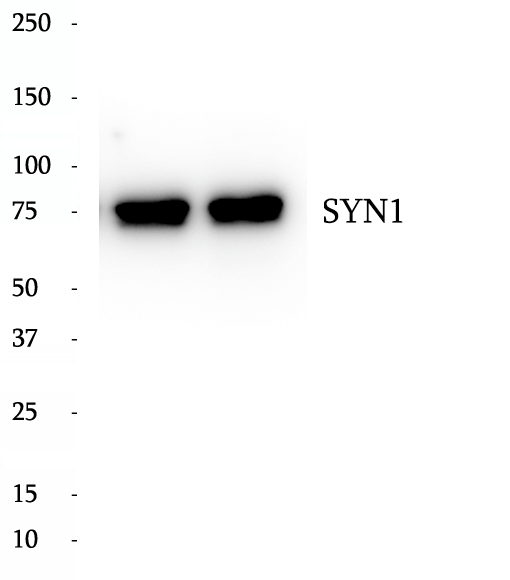|
BP60742
|
Anti-CD100 antibody
|
|
|
|
|
CD100 (also known as SEMA4D), a 150 kDa homodimer, belongs to the family of immune semaphorins, and CD100 is abundantly expressed on resting T cells, NK cells, and antigen-presenting cells. As a transmembrane glycoprotein, it is digested to its soluble form, sCD100, by specific matrix metalloproteinases. CD100 has been reported that the expression levels of CD100, and one of its receptors, plexin-B1 (PLXNB1), are increased in head and neck, prostate, colon, breast, and lung cancers, and the interaction between them provides oncogenic signaling essential for tumor growth and metastasis.
|
|
BP61238
|
Anti-DAB2 antibody
|
|
|
|
|
DAB2 is a protein of 770 amino acid residues with a predicted molecular weight of 85.5kDa. This gene was initially named DOC2 (for Differentially expressed in Ovarian Cancer) and is distinct from the DOC2A and DOC2B genes (for double C2-like domains, alpha and beta).Human DAB2 has an overall 83% identify with the mouse p96 protein, a putative mitogen-responsive phosphoprotein; homology is strongest in the amino-terminal end of the protein in a region corresponding to the phosphotyrosine interaction domain (PID), and contains multiple SH3 binding motifs. Chromosomal localization by FISH showed that the DAB2 gene is located on 5p13.The expression of DAB2 is down-regulated or absent in all the carcinoma cell lines examined, including prostate and ovarian carcinoma cell lines. The N-terminal domain of DAB2 interacts with Dishevelled-3 (Dvl-3), a signaling mediator of the Wnt pathway. Ectopic expression of DAB2 attenuates canonical Wnt/catenin-mediated signaling, including accumulation of catenin and cyclin D1 induction. DAB2 suppresses both protein kinase C and peptide growth factor-elicited signal pathways via the Ras-mitogen-activated protein kinase pathway. The proline-rich domain of DAB2 also interacts with proteins containing SH3 domain, such as Src and Fgr. The binding of DAB2 to c-Src resultes in the inactivation of c-Src. All data suggest that DAB2 is a potent tumor suppressor in many cancer types.
|
|
BP65063
|
Anti-TTC7A antibody
|
|
|
|
|
TTC7A (TPR repeat protein 7A) is expressed in enterocytes within the duodenum, ileum, and colon, and has a role in enterocyte survival and function. Mutations in the TTC7A gene can result in a spectrum of intestinal disease, including multiple intestinal atresia (MIA) and very early onset inflammatory bowel diseases (VEOIBD). Functional analysis revealed that TTC7A binds to and facilitates the transport of PI4KIIIa from the trans-Golgi to the plasma membrane, while loss of TTC7A results in dysregulation of PI4KIIIa signaling. This antibody specially recognizes endogenous TTC7A. (24417819)
|
|
BP64415
|
Anti-SIDT1 antibody
|
|
|
|
|
SIDT1, also known as a human orthologue of SID-1, belongs to the SID family which is a highly conserved group of transmembrane channel-like proteins. As a transmembrane channel for intercellular communication, SIDT1 was found to facilitate small interfering RNA (siRNA) or miRNA uptake and also involved in cholesterol transport in human systems. SIDT1 mRNA and protein were mainly detected in the stomach and large intestine (including the cecum, colon and rectum) but not in the small intestine (especially the duodenum). Notably, SIDT1 was mainly located in gastric surface mucous cells (pit cells) but barely expressed in the parietal or chief cells. The SIDT1 gene encodes an 827 amino acid protein with a calculated molecular mass of 94 kDa.
|
|
BP61553
|
Anti-EPS8 antibody
|
|
|
|
|
Epidermal growth factor receptor Pathway Substrate 8 (EPS8) is a crucial regulator of the actin cytoskeleton dynamics accompanying cell motility and invasion. This protein contains one PH domain and one SH3 domain leading to its binding activity with multiple cellular targets. EPS8 can function as a unique actin capping protein specifically required for dendritic cell migration and plays roles in the regulation of axonal filopodia in neuronal development and synapse formation. The EPS8 gene may contribute to the development of a subset of colorectal cancers and could have applications in diagnosis and treatment.
|
|
BP62031
|
Anti-GRIPAP1 antibody
|
|
|
|
|
GRIP-associated protein-1 (GRASP-1), also named as GRIPAP1, is a neuron-specific effector of the small GTPase Rab4 and key component of AMPA receptor recycling machinery in dendrites. GRASP-1 is essential for maintenance of spine morphology and important for LTP. GRASP-1 connects Rab4 and Rab11 recycling endosomal domains through the interaction with target (t)-SNARE syntaxin. The MW of this protein is 97 kDa, and Catalog#15806-1-AP specially recognises the 97 kDa protein.
|
|
BP62121
|
Anti-HECTD3 antibody
|
|
|
|
|
HECTD3 (HECT domain-containing protein 3) may be involved in the regulation of mitotic metaphase/anaphase transition. It can specifically ubiquitinate TRIOBP and target it for proteasomal degradation and it can also mediates the ubiquitination of STX8. HECTD3 is a new oncogenic E3 ligase in human prostate cancer. ( Li Y, etc. 2008) HECTD3 may facilitate cell cycle progression via regulating ubiquitination and degradation of Tara. It has 2 isoforms produced by alternative splicing.
|
|
BP62399
|
Anti-Integrin beta-6 antibody
|
|
|
|
|
ITGB6 belongs to the integrin beta chain family. ITGB6 is a receptor for fibronectin and cytotactin. It recognizes the sequence R-G-D in its ligands. Internalisation of integrin alpha-V/beta-6 via clathrin-mediated endocytosis promotes carcinoma cell invasion.
|
|
BP62774
|
Anti-MCM4 antibody
|
|
|
|
|
DNA replication licensing factor MCM4 (MCM4), also named Cdc21, acts as component of the MCM2-7 complex (MCM complex) which is the putative replicative helicase essential for 'once per cell cycle' DNA replication initiation and elongation in eukaryotic cells. The active ATPase sites in the MCM2-7 ring are formed through the interaction surfaces of two neighboring subunits such that a critical structure of a conserved arginine finger motif is provided in trans relative to the ATP-binding site of the Walker A box of the adjacent subunit. The six ATPase active sites, however, are likely to contribute differentially to the complex helicase activity.This antibody is a rabbit polyclonal antibody raised against the C-terminal 350 aa sequence of MCM4 protein.
|
|
BP64345
|
Anti-SENP5 antibody
|
|
|
|
|
SENP5, also named as FKSG45, belongs to the peptidase C48 family. SENP5 is a protease that catalyzes two essential functions in the SUMO pathway: processing of full-length SUMO3 to its mature form and deconjugation of SUMO2 and SUMO3 from targeted proteins. SENP5 has weak proteolytic activity against full-length SUMO1 or SUMO1 conjugates. It is required for cell division. The antibody is specific to SENP5.
|
|
BP61000
|
Anti-CNGA3 antibody
|
|
|
|
|
CNGA3 is a member of the cyclic nucleotide-gated cation channel protein family which is required for normal vision and olfactory signal transduction. Mutations in CNGA3 gene are associated with achromatopsia (rod monochromacy) and color blindness. Three alternatively spliced transcripts encoding different isoforms have been described. This antibody detects CNGA3 with an apparent molecular weight of 98 kDa which has been reported.
|
|
BP65031
|
Anti-TRPM5 antibody
|
|
|
|
|
Transient receptor potential (TRP) proteins are a diverse family of proteins with structural features typical of ion channels subfamily which are Ca (2+)-permeable cation channels localized predominantly to the plasma membrane. TRPM5 plays a central role in taste transduction. TRPM5 is implicated in enhancing TRPA1 expression and may be involved in regulating insulin secretion. Alternative splicing results in transcript variants encoding distinct isoforms with calculated molecular weights of 98 kDa or 131 kDa. It has been reported that TRPM5 is N-linked glycosylated at a unique site and TRPM5 glycosylation seems not to be involved in channel trafficking, but mainly in its functional regulation.
|
|
BP63029
|
Anti-MYST2 antibody
|
|
|
|
|
MYST2, also named as HBO1, HBOa MOZ, YBF2/SAS3, SAS2 and TIP60 protein 2, belongs to the MYST (SAS/MOZ) family. It specifically represses AR mediated transcription. MYST2 is a candidate oncogene. It enhances the anchorage-independent growth of breast cancer cells. MYST2 is a histone acetyltransferase (HAT) which could exert oncogenic function in breast cancer. It is an important downstream molecule of ERa, and ERK1/2 signaling pathway may involved in the expression of HBO1 increased by E2.
|
|
BP63665
|
Anti-Pinin antibody
|
|
|
|
|
PNN, also named as DRS or 140 kDa nuclear and cell adhesion-related phosphoprotein, is a 717 amino acid protein, which belongs to the pinin family. PNN localizes in the plasma membrane and is expressed in placenta, lung, liver, kidney, pancreas, spleen, thymus, prostate, testis, ovary, small intestine, colon, heart, epidermis, esophagus, brain and smooth and skeletal muscle. PNN is expressed strongly in melanoma metastasis lesions and advanced primary tumors. PNN as a transcriptional activator binds to the E-box 1 core sequence of the E-cadherin promoter gene. PNN is involved in the establishment and maintenance of epithelia cell-cell adhesion. PNN is a potential tumor suppressor for renal cell carcinoma. The calculated molecular weight of PNN is 82 kDa (native form), but the post-modified protein is 140 kDa (phospho form of isoform 1).
|
|
BP61351
|
Anti-DLL4 antibody
|
|
|
|
|
DLL4, also named as Delta4, plays a role in the Notch signaling pathway. It activates Notch-1 and Notch-4. Notch signaling is activated upon engagement of the Notch receptor with its ligands, the DSL (Delta, Serrate, Lag2) proteins of single-pass type I membrane proteins. DLL4 is highly expressed in the vascular endothelium.
|
|
BP60910
|
Anti-CHFR antibody
|
|
|
|
|
The Checkpoint with forkhead and RING finger domains protein (CHFR) is a checkpoint protein that reportedly initiates a cell cycle delay in response to microtubule stress during prophase in mitosis and it has been hypothesized to be a tumor suppressor with a potential role as a biomarker for chemotherapeutic response to Taxol. It belongs to the CHFR family. Endogenous Chfr is ubiquitinated and phosphorylated in an MPF-dependent manner in mitotic Xenopus egg extracts. It has 5 isoforms produced by alternative splicing.
|
|
BP61043
|
Anti-Cortactin antibody
|
|
|
|
|
Cortactin, encoded by CTTN gene (formerly EMS1), was originally identified as a substrate of the Src kinase. It is a cytoskeletal protein that interacts with F-actin and Arp2/3 complex and plays an important role in regulation of actin assembly and cytoskeleton dynamics. Overexpression of cortactin increases cell migration, and is thought to contribute to the invasive phenotype of breast cancer and several other tumors. Three isoforms of cortactin exist due to the alternative splicing. Although cortactin has a predicted molecular weight around 65 kDa, it was detected as 80/85 doublet or as multiple bands between 75 and 85 kDa on SDS-PAGE.
|
|
BP61929
|
Anti-GLIS3 antibody
|
|
|
|
|
Zinc-finger proteins contain DNA-binding domains and have a wide variety of functions, most of which encompass some form of transcriptional activation or repression. GLIS3 (gLIS family zinc finger 3), also known as ZNF515 that localizes to the nucleus and contains five C2H2-type zinc fingers. Expressed in a variety of tissues, including kidney, brain, liver, lung, ovary, pancreas, thymus and skeletal muscle, GLIS3 functions as both an activator and a suppressor of transcription, specifically binding the consensus sequence 5'-GACCACCCAC-3' through its C2H2-type zinc fingers. Defects in the gene encoding GLIS3 are a cause of NDH syndrome; a neonatal diabetes that is characterized by congenital hypothyroidism, congenital glaucoma, hepatic fibrosis and polycystic kidneys. There are various isoform of GLIS3 and molecular weight of one isoform is 70 kDa.
|
|
BP63570
|
Anti-Phospho-EIF4B (Ser406) antibody
|
|
|
|
|
EIF4B is one of the mammalian eukaryotic initiation factors (eIF) that are required for the ATP-dependent binding of mRNA to the 40 S ribosomal subunit, and the other eIF proteins are EIF4A, EIF4F. eIF4B is involved in translation of numerous proliferative or anti-apoptotic mRNAs with highly structured 5'UTR and subsequently affect cell growth and survival. It was reported that false expression and phosphorylation levels of eIF4B are involved in several tumors including breast cancer, cell lymphoblastic leukemia and diffuse large B-cell lymphoma.EIF4B Ser406 was identified as a novel phosphorylation site regulated by mitogens, and the phosphorylation of this site is dependent on MEK and mTOR activity. This phosphorylation is shown to be essential for the translational activity of eIF4B.
|
|
BP64711
|
Anti-SYN1 antibody
|
|
|
|
|
SYN1, also named as Brain protein 4.1, belongs to the synapsin family. SYN1 is a neuronal phosphoprotein that coats synaptic vesicles, binds to the cytoskeleton, and is believed to function in the regulation of neurotransmitter release. The complex formed with NOS1 and CAPON proteins is necessary for specific nitric-oxid functions at a presynaptic level. Defects in SYN1 are a cause of epilepsy X-linked with variable learning disabilities and behavior disorders (XELBD).
|
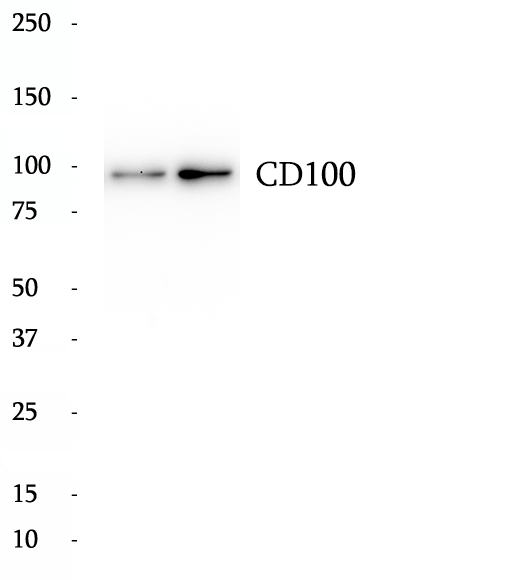
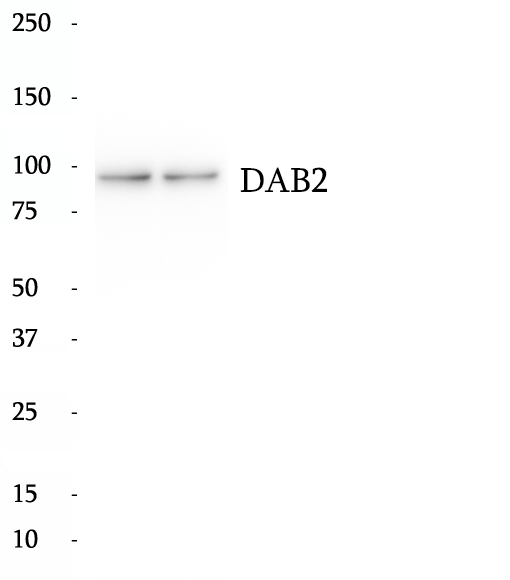
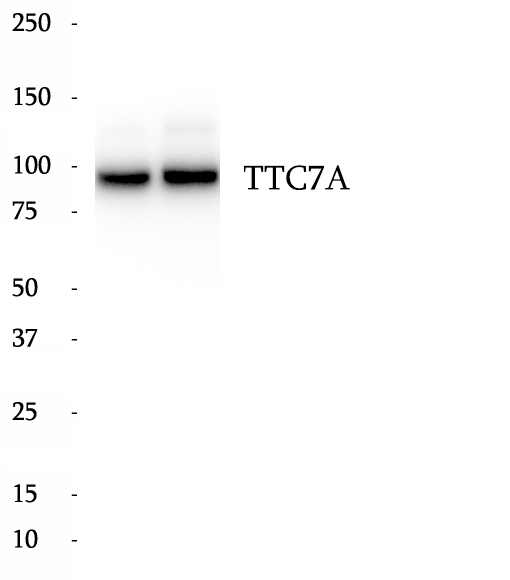
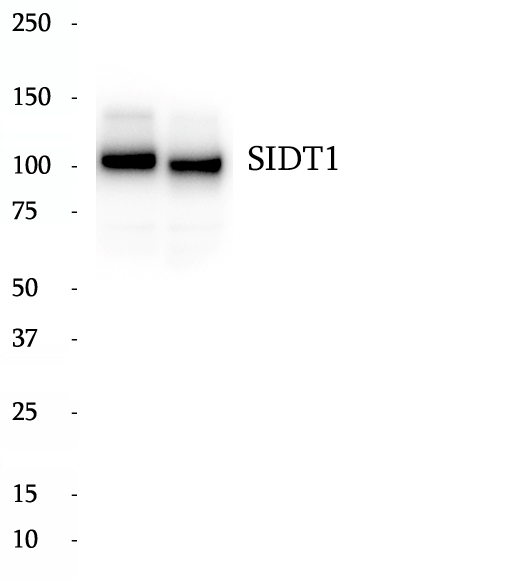
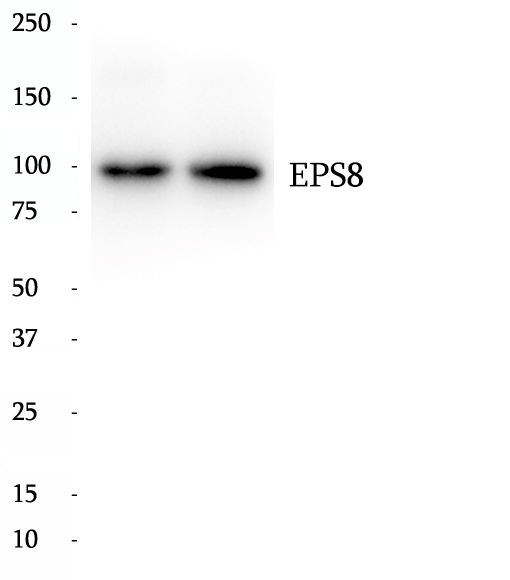
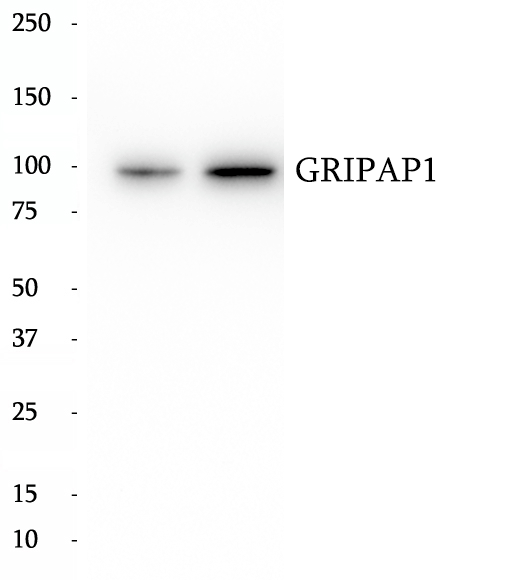

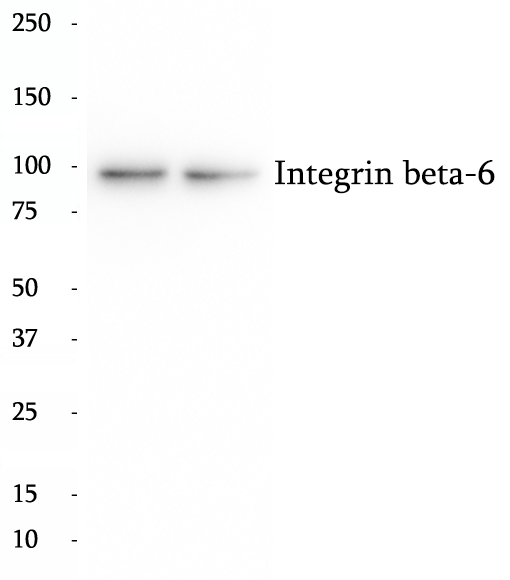
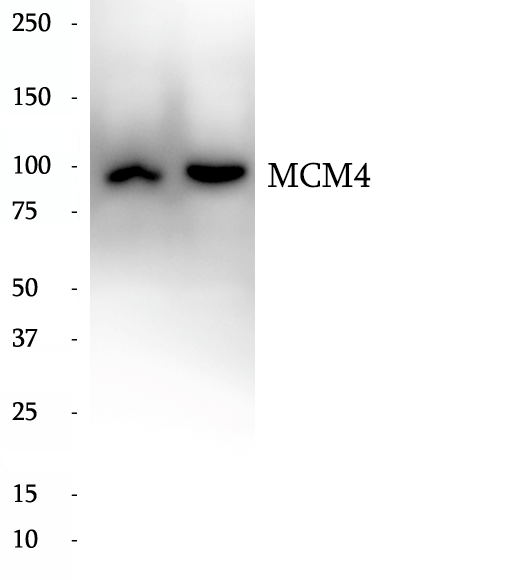
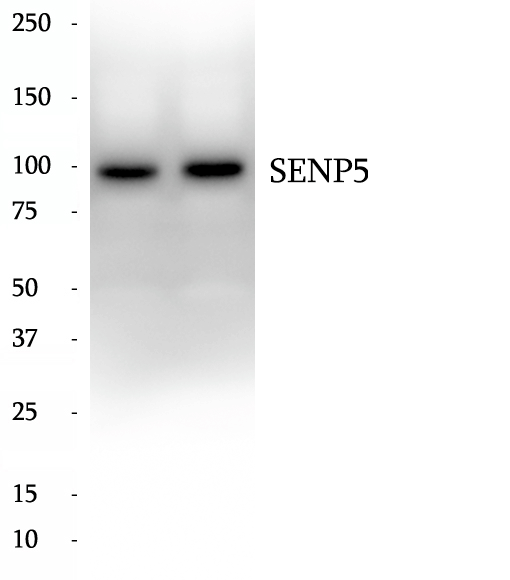
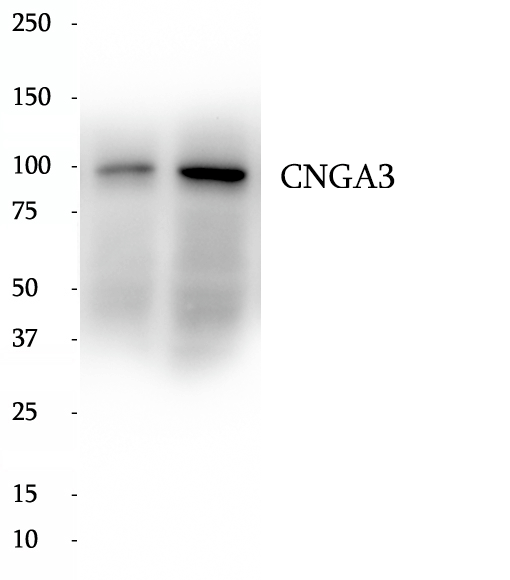
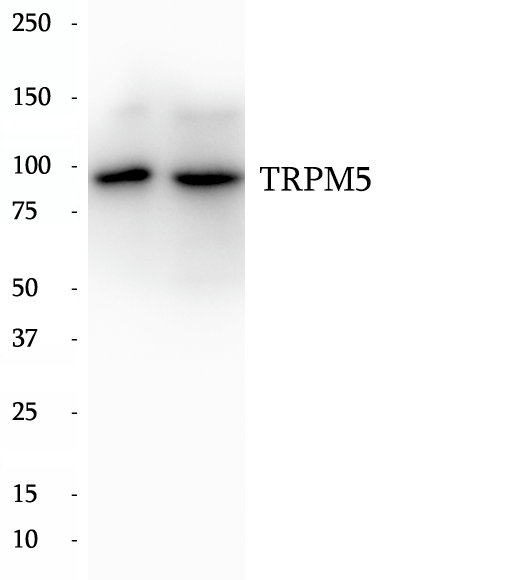
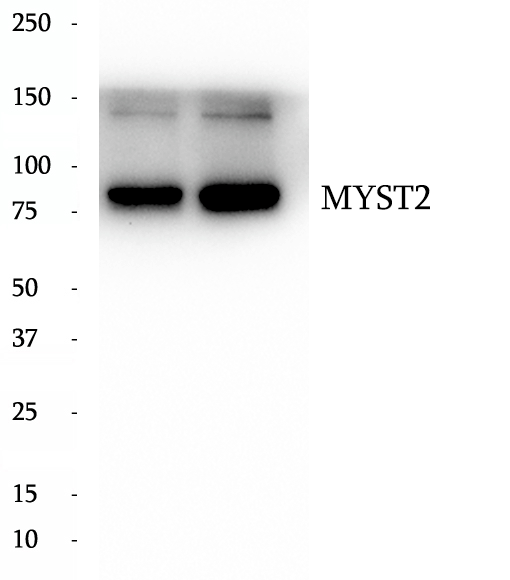
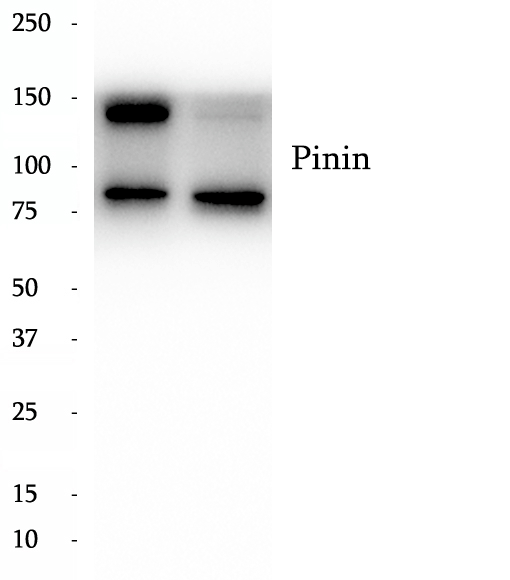
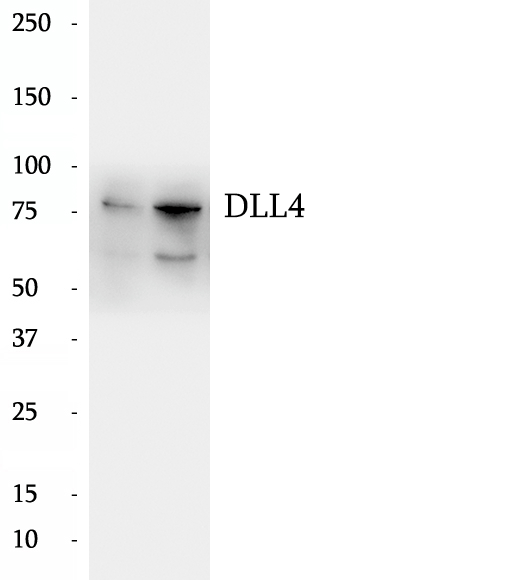
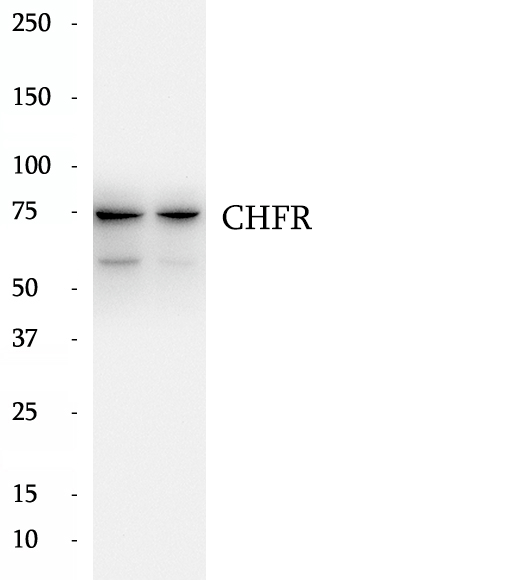
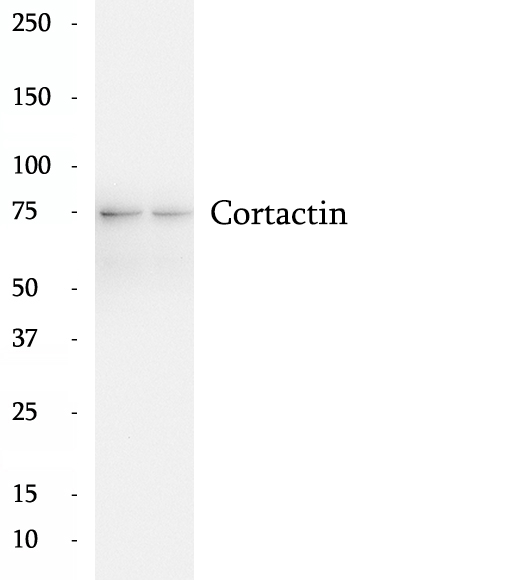
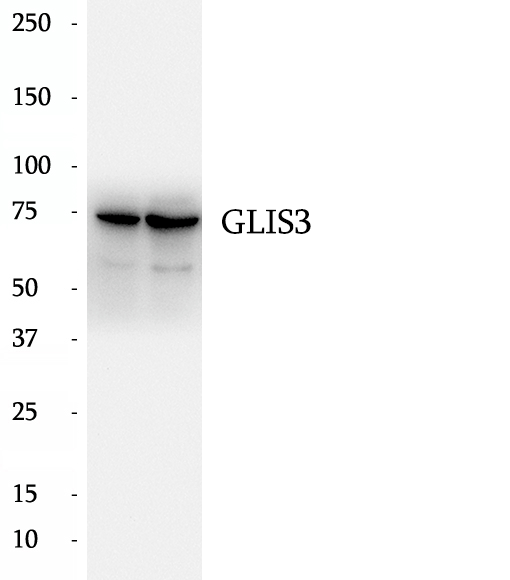
 antibody.gif)
